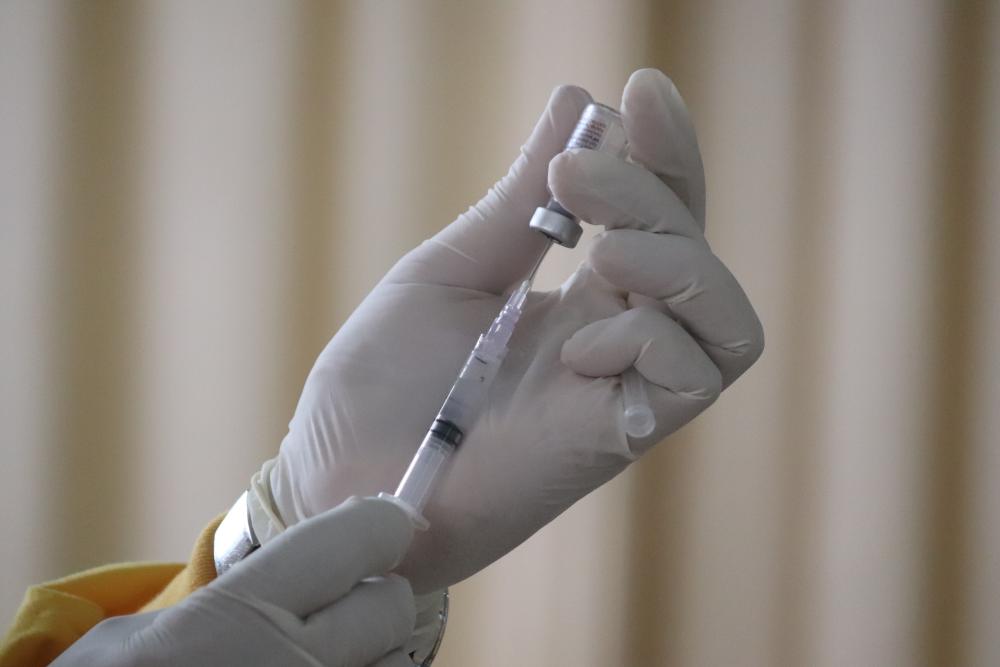CVM researchers play a crucial role in advancing the development of a vaccine for opioid use disorder
September 20, 2023

Photo by Mufid Majnun on Unsplash
Researchers from the University of Minnesota are making significant strides in the quest to combat opioid use disorders (OUD) and overdose, particularly in the context of the deadly synthetic opioid fentanyl. A study published in Nature Communications highlights the critical role of animal models—and the College of Veterinary Medicine researchers with the expertise to create them—in the development of anti-opioid vaccines.
In the United States, OUD and opioid overdoses are reaching epidemic levels, with synthetic opioids like fentanyl being a major contributor. Traditional treatments, such as medication-assisted therapies and naloxone, have limitations and are not always readily accessible, prompting the exploration of innovative preventive measures like vaccines.
Anti-opioid conjugate vaccines work by stimulating the production of opioid-specific antibodies in the bloodstream. These antibodies act as guardians in the bloodstream, attaching to opioids and reducing their effects, including respiratory depression, which is the main cause of death during an opioid overdose. Ultimately, this means that overdose, addiction, or relapse are all less likely for someone who has been vaccinated, because the body is armed against the effects of the drug. In addition, the vaccines are specific to a particular opioid—in this case, fentanyl—which means that another opioid would still be effective as a treatment for pain, if needed.
However, the success of these vaccines relies on generating a robust immune response, which has been a major barrier.
In this study, which was a collaboration between the College of Veterinary Medicine, the Medical School, and the University of Montana, scientists looked into using special substances called synthetic toll-like receptor (TLR) activators to make vaccines work better by boosting the body's natural defenses. Crucially, to test this concept the researchers needed to develop an animal model that would mimic the human response, which requires a deep knowledge of comparative physiology. These models provide valuable insights into vaccine effectiveness, safety, and tolerability in a way that cannot be readily replicated in human trials.
Alonso Guedes, Associate Professor of Anesthesia and Interim Associate Dean for Research at the College of Veterinary Medicine, helped to drive the development of the model. He described, “The pig's immune system is very similar to humans, which is critical for developing these vaccines. However, unlike humans, pigs are not very sensitive to the respiratory depressant effects of opioids. By combining knowledge of physiology, veterinary anesthesiology, and pharmacology, we were able to mimic human respiratory sensitivity to opioids. This human-relevant model allowed us to develop the vaccine and test its protection against opioid-induced respiratory depression.”
The results are promising. The addition of a synthetic TLR7/8 agonist, INI-4001, significantly boosted the vaccine's immunogenicity and efficacy. This discovery holds immense significance as it paves the way for clinical studies of anti-fentanyl vaccines, offering potential solutions to combat opioid addiction and overdose. “Human clinical studies are being planned as part of a recently awarded NIH grant,” said Guedes.
This research underscores the crucial role that veterinary researchers play in advancing medical science, especially in developing treatments for complex and pressing public health challenges like opioid misuse and overdose.
Read the full study in Nature Communications.


